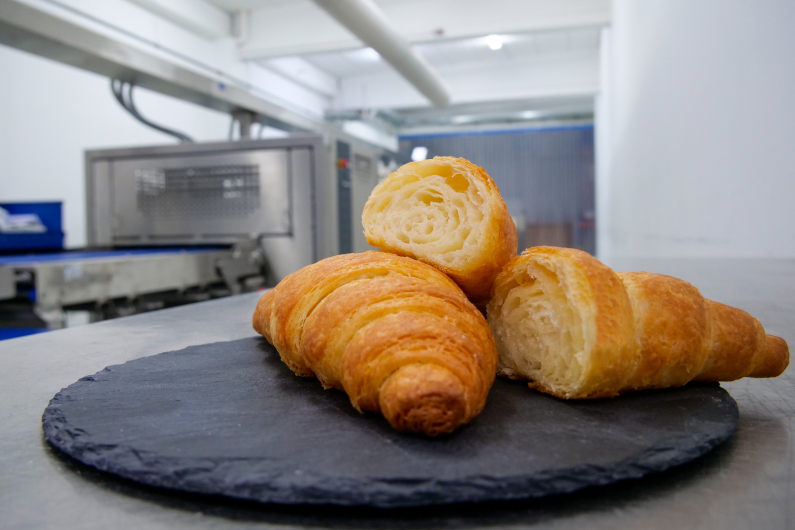
iba ’25: FRITSCH and MULTIVAC highlight pastry production
At iba, FRITSCH will highlight a new compact pastry line designed for mid-sized bakeries, with a hygienic design, which will also feature the MULTIVAC Cooling@Packing System.
At iba, FRITSCH will highlight a new compact pastry line designed for mid-sized bakeries, with a hygienic design, which will also feature the MULTIVAC Cooling@Packing System.
Energy consumption is undisputed at the top of the industry’s concerns and efforts for improvement. Tunnel ovens offer opportunities to go the extra mile on the path to resource savings.
Making its debut on the best stage for a first impression, at iba, the new, compact IMPRESSA bread line developed by FRITSCH for industrial production manages to save 20% of the floor space – about 5 m. This was accomplished, in part, by new sheeting technology incorporated in the revised Soft Dough Sheeter (SDS) and the new Soft Dough Roller (SDR).
Campden BRI carried out a research project on vacuum cooling for bakery products to investigate the scientific issues that arise when cooling bakery products including laminated pastries, sandwich bread and cake.
Cleaning can quite literally make or break the trays, respectively their life expectancy.
A characteristic all trays have in common, regardless of endless possibilities in their layouts, is the safety guarantee provided for the products baked, time and again.
The shortest way to efficiency in proofing, cooling, freezing, or baking is sometimes a spiral.
DEBAG’s blast freezer works in a temperature range from – 30 to + 5 °C and is suitable for cooling and freezing of products hot from the oven as well as raw and fully proofed dough pieces.
Transport crates for baked goods do not appear to differ much at first sight. They only vary in color, weight and height. However, when it comes to cleaning the crates, the situation is very different.
The fully automatic proofer from the plant constructor DEBAG is called the TEFI. The plant can be used to control both proofing and cooling processes.
As a basis, the hygienic risk to food safety/shelf-life is taken as an example for baked goods. Subdivision takes place according to the hygiene sensitivity of the respective products. The basis
is always an assessment of the respective product

